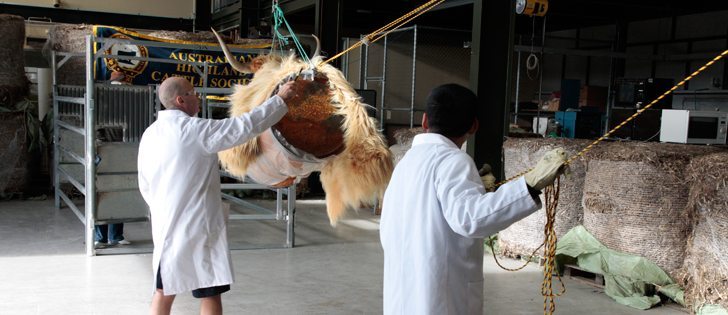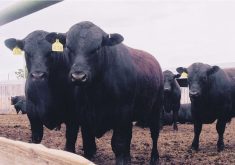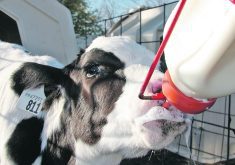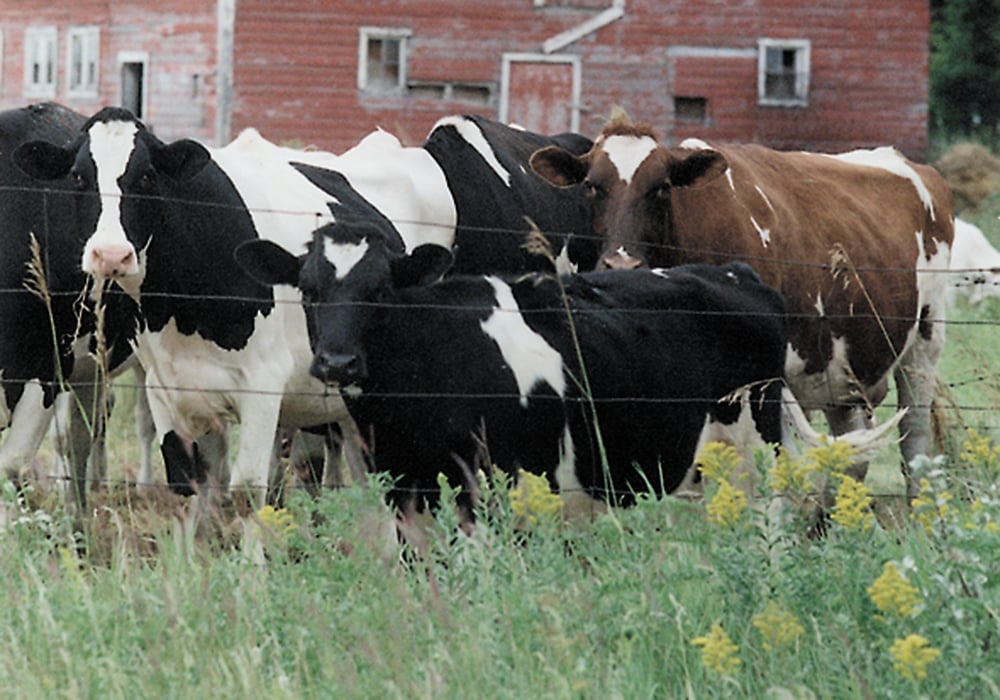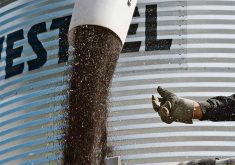Australian invention | Scientists use cow dummy to test a new livestock gate invented by an Australian cattle producer
The crash test cow slams into the gate with all its pendulum-induced 60 kilogram weight.
The gate buckles and swings outward, leaving the “rancher” mannequin behind it unscathed.
Robo-Cow rides again, with its actions recorded on video by Australia’s Commonwealth Scientific and Industrial Research Organization (CSIRO).
The crash test cow has proven instrumental in testing Edward Evans’ invention — a gate that protects people while livestock are being handled in corrals, auction markets and feedlots.
Evans, who lives in the northern part of Australia’s New South Wales, devised his invention out of painful personal experience.
Read Also
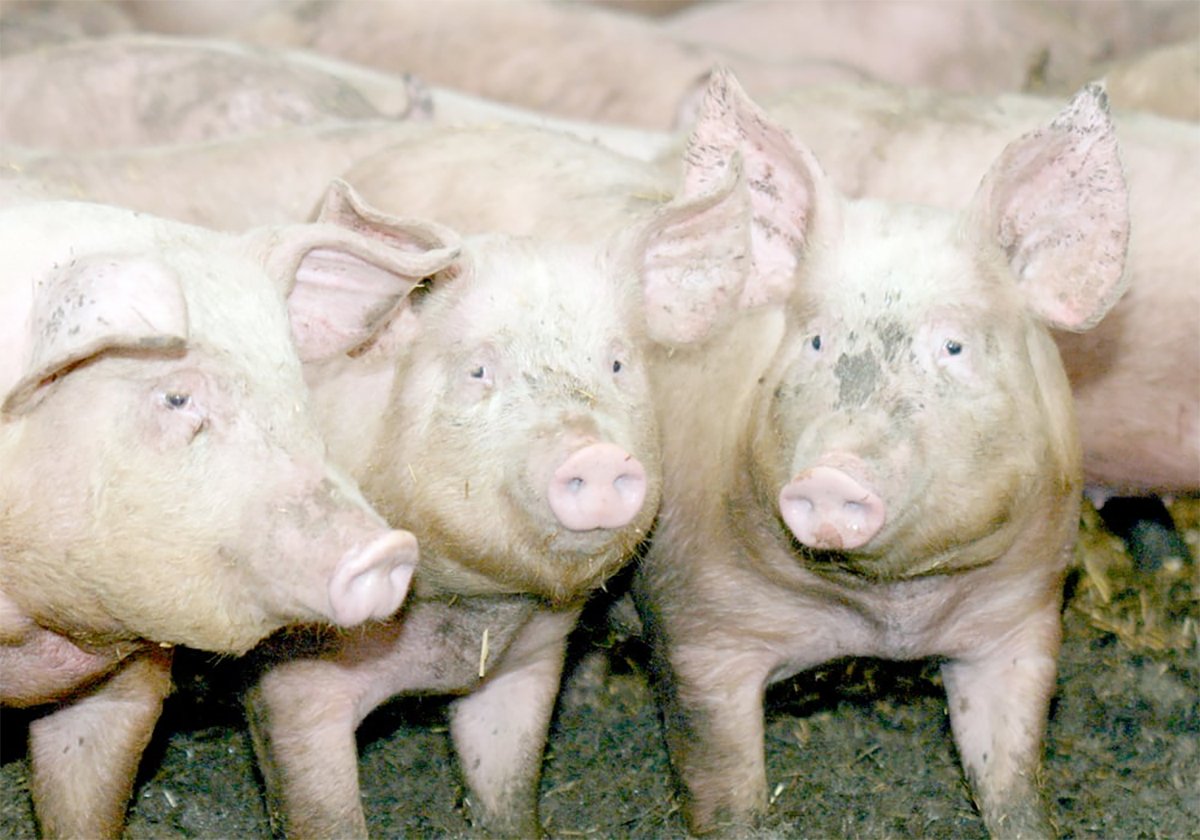
The Western Producer Livestock Report – November 13, 2025
Western Producer Livestock Report for November 13, 2025. See U.S. & Canadian hog prices, Canadian bison & lamb market data and sales insights.
“I was giving a cow some needles and let the cow out, and as I was letting it through the gate and was shutting the gate behind it, the cow turned around and hit the gate and knocked me on the ground and gored my leg,” Evans said.
“While I was recuperating, I thought, ‘there has to be a better way.’ So that’s how I came to think up the idea.”
He devised the SaferGate, which has a pivot mechanism that splits the gate in two pieces. When struck, part of the gate folds back on itself and away from the person standing behind it.
The invention won him a New Inventors award entitling him to $10,000 worth of testing by the CSIRO. The organization added a few options and then built Robo-Cow to test it.
Peter Westgate, research project leader for CSIRO, said the crash test cow is “much prettier” than a prototype developed by Evans for use in demonstrations at farm shows.
It consists of a light truck tire and rim bolted to a 44-gallon drum. Real horns and cowhide were added “just for show.”
The contraption is on a pendulum system that can be pulled back and released for impact into a gate.
“I think the gate now is a better and safer gate than what it was initially,” Westgate said.
“It’s really all in the line of simplicity. You have to say it’s a simple invention, and they’re always the best.”
Though most cattle weigh more than 60 kg, Westgate said researchers found the gate performed the same regardless of weight behind the impact.
The need for safer cattle handling equipment seems evident, said SaferGate general manager Mike Agnew.
He said agriculture is one of the three most dangerous industries in Australia. About 30 percent of agricultural injuries come from livestock and of those, 60 percent are injuries from blunt force trauma induced by gates.
“There’s some recent statistics from … Queensland that have shown that time to recover to return to work from people injured in the cattle industry is double any other industry in Australia,” said Agnew, because of the severity of the injuries.
Agriculture is also one of the more dangerous occupations in Canada, and livestock are the cause of numerous injuries and deaths.
There were 104 animal-related deaths in Canada between 1999 and 2005, more than half of them from bulls and cows, according to Canadian Agriculture Safety Association statistics.
Glen Blahey, agricultural safety specialist with CASA, said those aren’t necessarily related to corrals or gates because specific causes aren’t noted in reports.
However, statistics do indicate 39 fatalities occurred in corrals during the 1999-2005 period.
Blahey reviewed video of the SaferGate and liked what he saw.
“It certainly appears to be a good, well thought out safety feature, but the critical aspect will be to make sure that whoever is utilizing that equipment uses it correctly,” said Blahey.
“It ties into what we’ve been promoting for the last couple years at CASA, is the development of standard operating procedures and ensuring that anyone who is involved in any kind of agricultural work … that everyone be very clear on what kind of work performance is expected as far as health and safety is concerned.”
Westgate said the aging farm population is also a factor in safety and in the use of the gate.
“Farmers are becoming older and less agile, and we carry mobile phones with us now and we’ve got more things to distract us while we’re doing our work,” he said.
Evans said most gates and corrals used to be made of wood, which appeared to be more of a barrier to cattle.
Modern gates are made of pipe and cattle see them as penetrable.
“That sounds like a reasonable assumption,” added Blahey.
Evans built the SaferGate with one relatively open side and one more solid side, behind which the producer stands. The gate buckles and folds away from the producer when cattle attempt escape through the side that appears more open.
Agnew and Evans said they plan to have the gate reviewed by livestock handling expert Temple Grandin, and that Grandin has already expressed interest in the new design.
Evans and Agnew plan to find a manufacturer and start producing the gates once CSIRO has filed its report and developed blueprints. They will market them in Australia and throughout North America.
“Our plan is to go to North America, but initially into the States,” Agnew said.
“Our plan over the next (several) months is to go to all major cattle producing areas, and Canada is one of those.”
To see video of the gate and the crash test cow, go to www.csiro.au/Portals/Media/Safergate.aspx.


